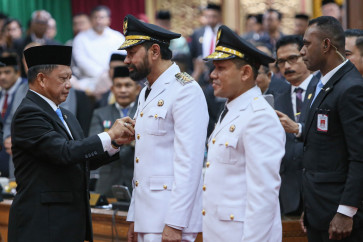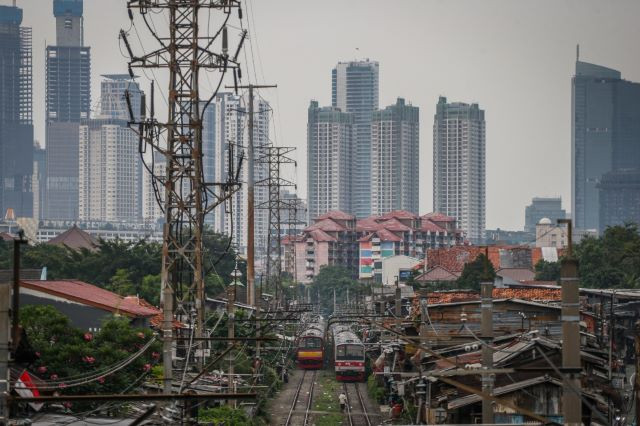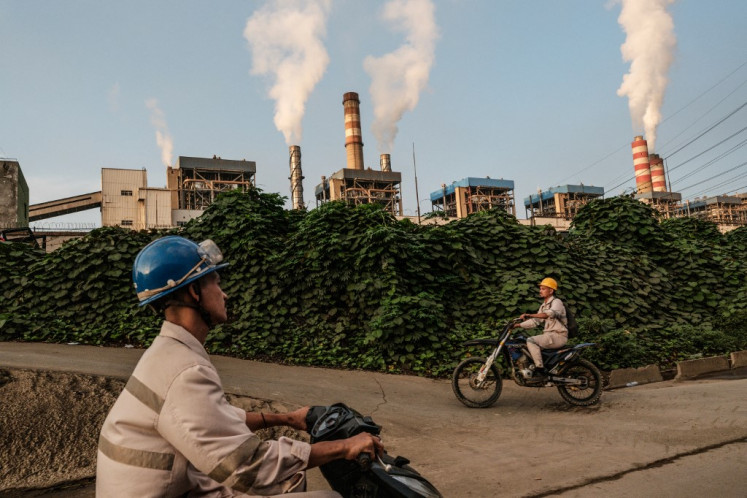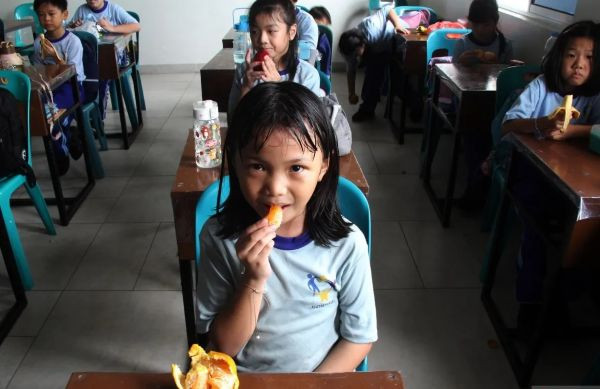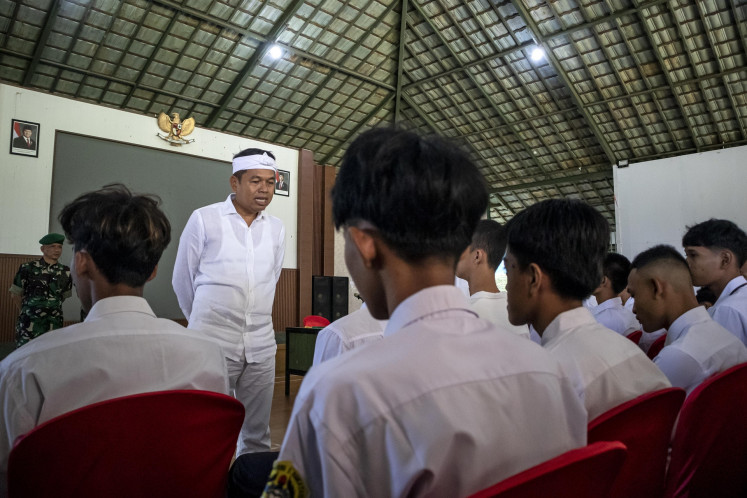‘Gotong royong’ that binds Australia and Indonesia
Australia haa its very own form of gotong royong, a social value characterized by mutual cooperation and collective effort.
Change text size
Gift Premium Articles
to Anyone
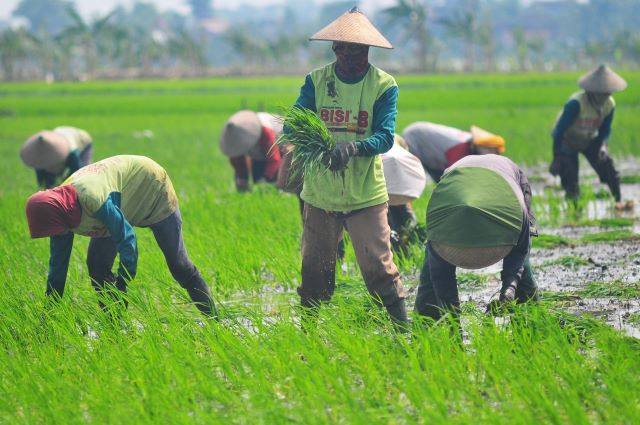 Field work: Farmers in Wegil village, Pati regency, Central Java, plant rice seedlings on Nov. 13, 2023. Gotong royong or mutual help is the norm that has been preserved for generations in rural areas.
(Antara/Fikri Yusuf)
Field work: Farmers in Wegil village, Pati regency, Central Java, plant rice seedlings on Nov. 13, 2023. Gotong royong or mutual help is the norm that has been preserved for generations in rural areas.
(Antara/Fikri Yusuf)
F
or many years, Dwi Marianto, a professor at the Indonesian Art Institute (ISI) Yogyakarta, lived in Australia with his family while he was undertaking PhD research on an AusAID scholarship. One of the first things Marianto observed was that Australia had its very own form of gotong royong, an Indonesian social value characterized by mutual cooperation and collective effort toward a common goal.
As Marianto says, “Australians are a generous people, generous to each other and to their neighbors. As an Indonesian, I experienced this firsthand after the 2004 Indian Ocean Tsunami. Ordinary people across Australia contributed more than a billion dollars for Aceh emergency relief and reconstruction.”
Notably, Marianto’s comments about an “Aussie gotong royong” can also be seen in the yearly Outback Car Trek fundraiser for the Royal Flying Doctor Service, better known as the Flying Doctor or just The Doctor.
Outback is a colloquial term for the sparsely populated interior of the Australian continent.
The Royal Flying Doctor Service is the not-for-profit medical lifeline for remote, rural and regional communities, who do not have access to a hospital or a general practitioner. This is because of the vast distances of mostly red desert, or what the Aboriginal people call “The Never Never”.
Established in 1928 by the reverend John Flynn, the Flying Doctor was the world’s first air ambulance. Today, it is a 24/7 fly-in primary healthcare service involving doctors, specialist nurses, midwives and physiotherapists, operating 87 aircraft with over 1,800 employees and 900 volunteers.
Their fixed-wing flight paths reach even the most remote farmsteads and indigenous communities, such as Meekatharra in Western Australia and the Bamaga Aboriginal Community on Queensland’s remote Cape York, where roads and water crossings become impassable during the wet season.
The Outback Car Trek is an event held every year in June. Since it started in 1990, the fundraiser has generated more than A$35.5 million (US$23.06 million), attracting the support of some of the best-known companies in Australia. It is an event for older two-wheel drive vehicles specially modified for remote dirt road driving.
This year, the Trek departed Bathurst in rural New South Wales, traveling via the communities of Bourke, Cunnamulla and Longreach before finishing in Cairns, Queensland, on June 8, a distance of 3,724.1 kilometers.
Among this year’s 240 participants, in over 100 vehicles, are Geoff “Tangles” Cropley and Mark “Chine” Vincent. They are driving a 1967 MGB. Then there is Denis McFadden and his partner Jenny in a 1971 Ford XY Utility.
After 25 Treks, Denis and Jenny have contributed over A$800,000 through their salon business, JustCuts, together with what they call the Outback “Cut-a Rama”. According to Denis, “‘Cut-a-Rama’ kicks off the Outback Car Trek with a bang. You can dare your mates to get their hair cut, colored and shaved; all for a great cause. There is always a packed house with lots of laughs, live music and great memories as we raise money to fund The Doctor”.
And as Jenny says, “The Trek is about Aussies working together to get the job done.”
For Indonesian off-road enthusiasts, many of the Trek’s vehicles will be familiar; some not so. This includes a 1970 Ford Mustang coupe, a 1969 Datsun 1600, a 1966 Chevrolet Impala, a 1966 Ford Galaxie and even a 1939 Willys Overland.
However, the Outback Car Trek is not just about raising funds but also generating practical assistance for remote townspeople who, like many Australians, are struggling with the cost of living. As Trek director Bill Patrick says, “An enormous amount of money is spent by Trek participants in small communities along the way. This includes places with names like Arkaroola, Moliuagul, Innamincka and Wompinni Station.”
Marianto is also familiar with this concept. He says, “In Australia, they call this ‘a hand up’ [support] and not ‘a handout’ [charity] just like our very own gotong royong.”
Discovering that both his homeland of Indonesia, as well as his “adopted country” of Australia share the spirit of gotong royong makes Marianto feel we really are good neighbors. As he says, “Aussie gotong royong truly shows Indonesians and Australians are more alike than different.”
***
The writer is a researcher with the Humanitarian and Development Research Initiative (HADRI) at Western Sydney University.


